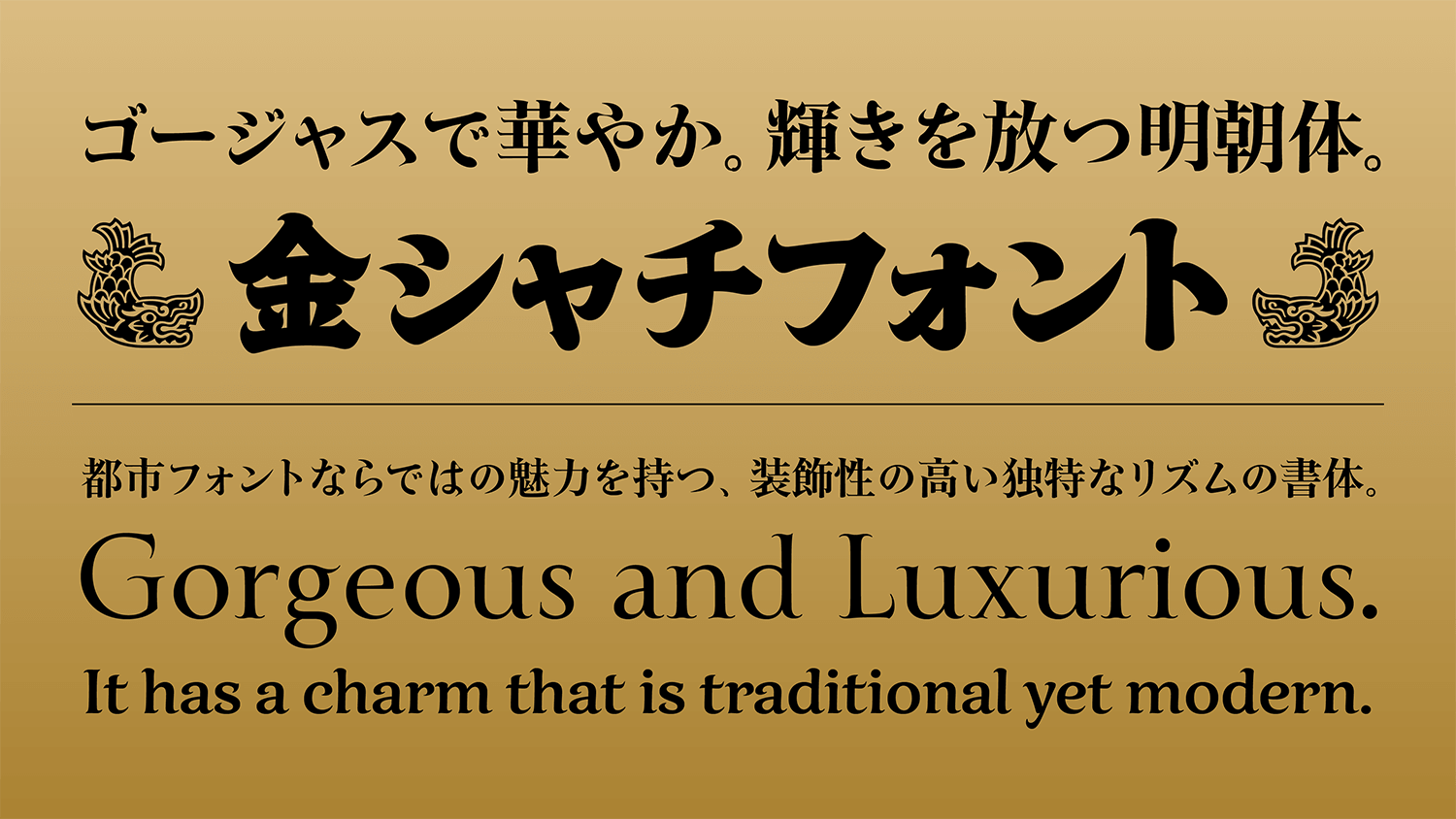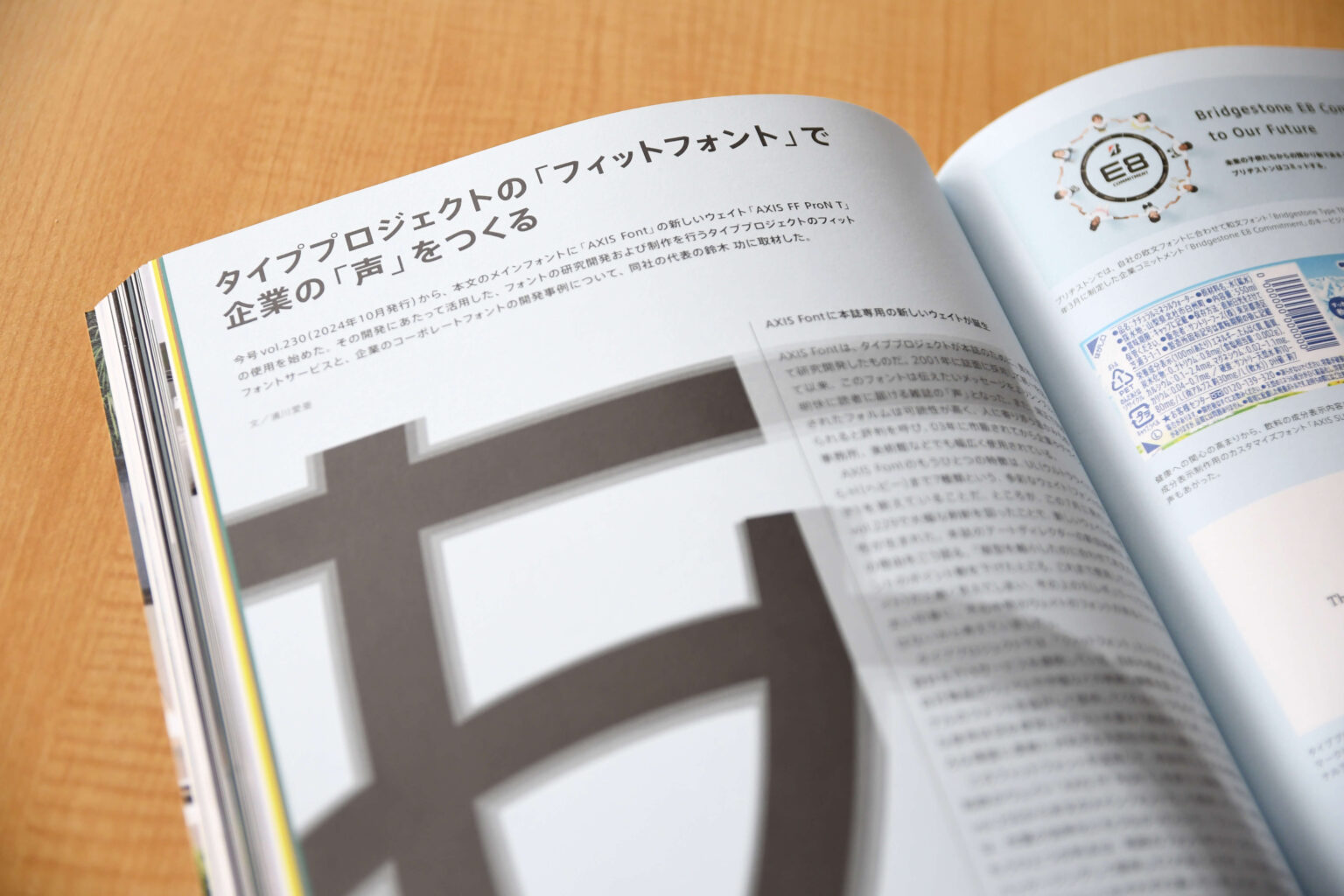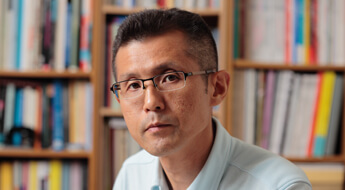Kinshachi Font was developed as a part of the CityFont Project, in which Nagoya’s cultural symbols were reflected in the design. Kinshachi Font consists of Kanji with elements of unique and gorgeous ornamentation, Kana with a classical atmosphere based on the Heian period, and Latin with ornamental designs; making the most of each individual approach, the font is harmonized as a whole.
Feature
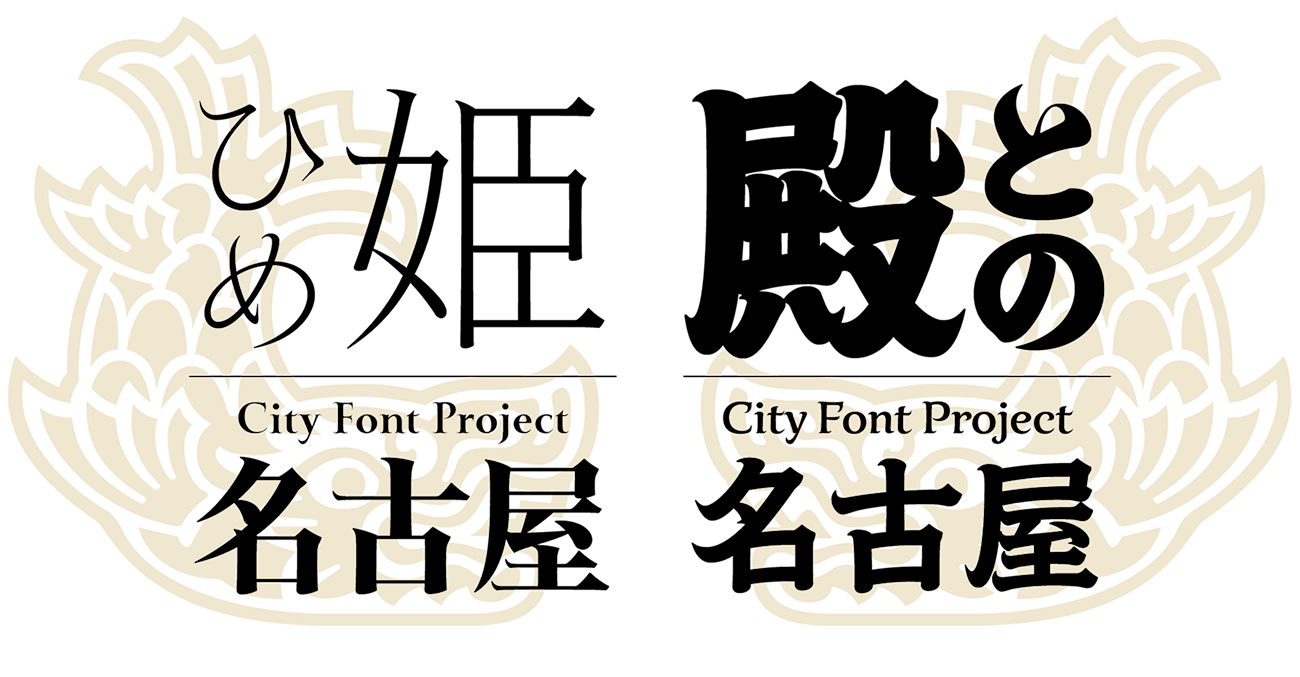
Typeface that inspired the creation of the City Font
Utilization of region-specific cultural resources in typeface design – this is the basic way of thinking carried out for the City Font Concepts advocated by Type Project. The City Font Concepts are concepts that represent the identity of a city by incorporating the individuality and charm of a city into the font design. The prototype for Kinshachi Font was introduced in 2010, the year marking 400 years since the founding of the city of Nagoya as a seat of government.
This is the font family that inspired the creation of the City Font. There are two series: “Kinshachi Font Hime,” glamorous and beautiful, and “Kinshachi Font Tono,” based on brush characters from the Edo period.

Tiger-headed carp and Castle gable
The Kinshachi Font Hime is a Mincho typeface, in which the curved form of the shachihoko tiger-headed carp at the starting point of a stroke is incorporated at the beginning of strokes in the character. While in most typical Mincho typefaces, elements such as the triangles of the “uroko” are composed out of straight lines, the end of a horizontal stroke in Kinshachi Font features the shape of the curved gables and roofs of Nagoya Castle. By curving the “uroko” at both the start and end of a horizontal stroke, a unique rhythm and expression are given to this typeface.
This petite, elaborate font consists of Mincho kanji featuring a curve incorporated at both the start and end of a horizontal stroke, graceful and elegant kana that resemble curly hair, and Latin characters that include ornamental elements similar to long eyelashes.
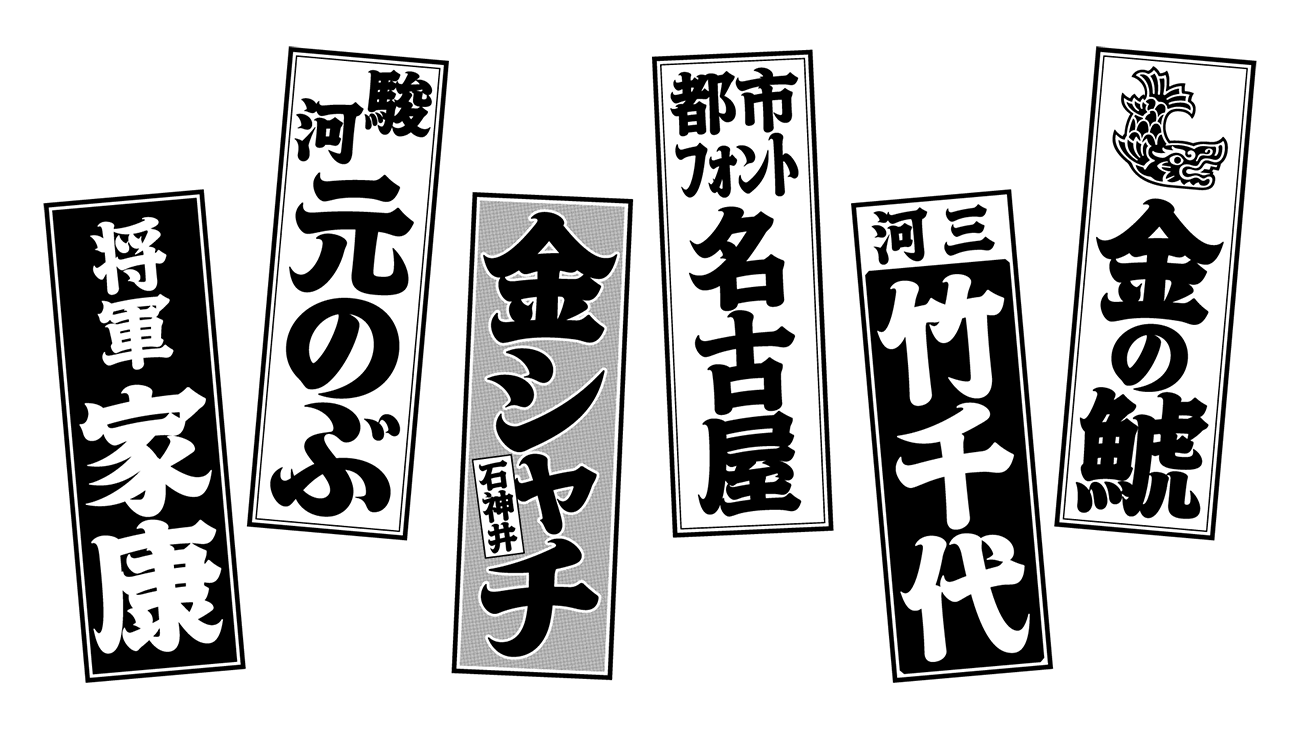
Giving a new impact to tradition
The Kinshachi Font Tono is a calligraphy font that conveys the characteristics of a dignified lord. Rhythmic waves and curves are expressed as if with a thick brush loaded with ink, sublimating this traditional beauty of style to typeface. The line quality conveys a personal look with persistence that represents the energetic existence of human beings. The impactful design, in which Nagoya’s strong impression is added to Edo characters, brings freshness to the heading typeface category. In both Hime and Tono, the distinctive ending particles of Nagoya dialect, “myaa and ryaa,” have been expressed in unbroken ligatures. All of this results in an attractive font that carries down and brings validity to tradition in the present day. The Kinshachi Font is a typeface that embodies the adventurous spirit of Type Project.
- WHITE MODE
- BLACK MODE
- AHime
- ATono
Family・Specification

Font set
Standard(StdN)
Kinshachi Font Hime: 9,525 characters (Adobe-Japan1-3, with custom glyphs added)
Kinshachi Font Tono: 9,543 characters (Adobe-Japan1-3, with custom glyphs added)
Buy
TP Connect
Subscription service that enables
the use of all of Type Project fonts.
TP Connect is only available in Japanese.
Kinshachi Font
You can choose the fonts in download edition or CD-ROM edition as a set.
